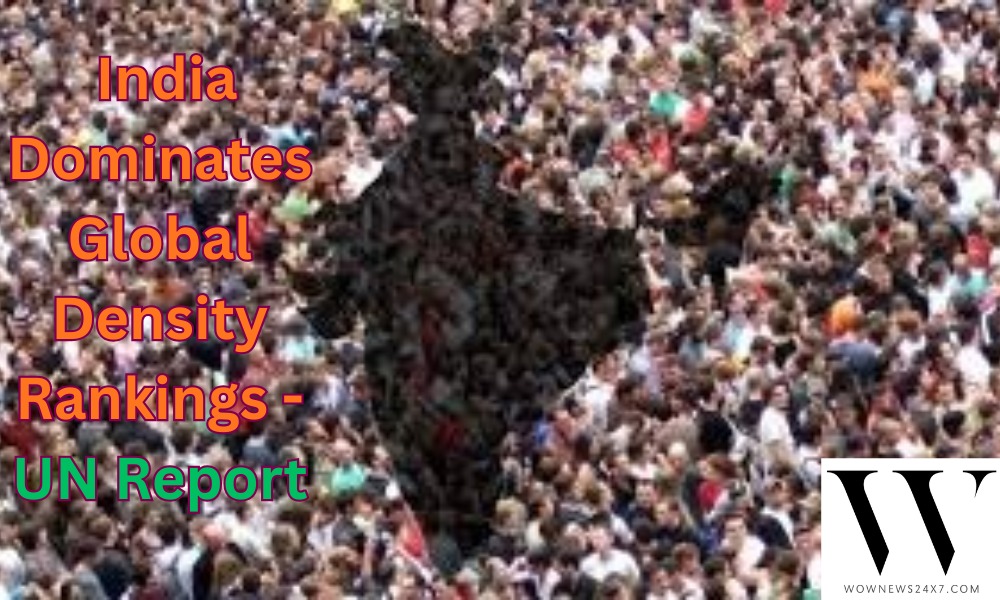A UN report lists the world’s top 10 most densely populated cities, with Mumbai, Bengaluru, Surat, and Ahmedabad representing India. With densities exceeding 20,000–30,000 people per sq km, these cities highlight both opportunities for growth and challenges of overcrowding. Sustainable urban planning is crucial to balance density with livability.
The United Nations has released its latest World Urbanisation Prospects 2025 report, spotlighting the ten most densely populated cities worldwide. The study underscores how urban density is reshaping economies, infrastructure, and daily life across the globe. Strikingly, India accounts for four of the top ten cities, reflecting the country’s rapid urban growth and the mounting pressure on its metropolitan regions.
Key highlights from the report:
Mumbai tops the Indian entries, with a population density nearing 30,000 people per sq km, making it one of the most crowded cities globally.
Bengaluru, often dubbed India’s tech capital, has crossed 20,000 people per sq km, highlighting the strain on infrastructure despite its reputation as a hub for innovation.
Surat and Ahmedabad also feature in the top 10, driven by industrial expansion and migration from rural areas.
Globally, cities like Dhaka, Manila, and Cairo continue to dominate the density charts, reflecting similar challenges of overcrowding and resource management.
The UN report emphasizes that well-managed density can be an asset, enabling efficient transport, housing, and services. However, poor planning leads to congestion, pollution, and inadequate living conditions.
India now hosts 12 of the world’s 50 most densely populated cities, underscoring the scale of its urbanization challenge.
The findings carry significant implications for policymakers. With India’s urban population projected to grow sharply by 2050, experts stress the need for sustainable urban planning, investment in public transport, affordable housing, and green infrastructure. Cities like Mumbai and Bengaluru are already grappling with traffic congestion, air quality issues, and housing shortages, making density management a critical priority.
At the same time, the report notes that density can drive innovation and economic growth when paired with smart governance. Compact cities reduce commuting times, foster vibrant communities, and enable efficient resource use. For India, the challenge lies in balancing growth with livability.
This ranking is both a warning and an opportunity: India’s cities are global leaders in density, but whether they become models of sustainable urban living or cautionary tales of overcrowding will depend on the choices made today.
Sources: Deccan Herald, Deccan Herald Karnataka Edition, Vartha Bharati, MSN News
